Coal-fired power plants threaten Vietnam deltas
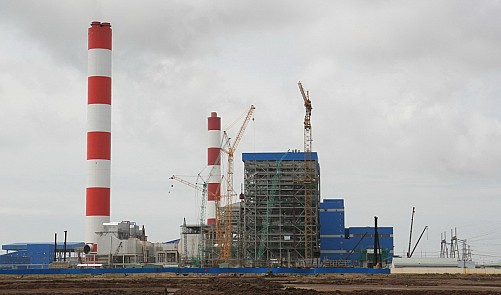
To minimize costs and the loss of electrical power during transmission, thermal power plants in Vietnam are usually built near large economic centers of the country’s Red River Delta and Mekong Delta regions, where electricity usage is at its highest.
Environmental hazards caused by these types of power plants came to the fore in April 2015, when coal ashes from Vinh Tan 2 Thermal Power Station in Binh Thuan Province spread to nearby residential areas due to low levels of air humidity.
Vietnam currently has 19 coal-fired power plants, with plans to raise this number to 31 by the year 2020, and to 51 by 2030.
In the Red River Delta region in northern Vietnam, a handful of coal-fired power stations are already operating, such as Quang Ninh 1 Thermal Power Station, which is ten kilometers from Ha Long City and Uong Bi Thermal Power Station in Uong Bi City, both in Quang Ninh Province.
The Mekong Delta region in southern Vietnam is expected to house 14 more coal-fired power plants by 2030, scattered across the provinces of Tra Vinh, Tien Giang, Long An, Hau Giang, Soc Trang, and Bac Lieu, as well as Can Tho City.
This translates to one new plant in the region each year to achieve the goal.
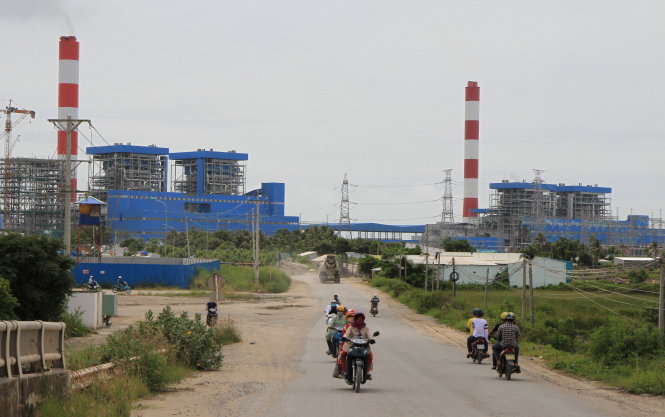
A coal-fired power plant in Tra Vinh Province. Photo: Tuoi Tre
On the basin of the 40-kilometer long Soai Rap River that embraces Can Gio District in Ho Chi Minh City, four thermal power plants are already operational.
Long An 1 and Long An 2 Thermal Power Plants will also be erected in Vinh Thanh Hamlet in Long An, which borders Ho Chi Minh City to the south.
On September 20, Bac Lieu Province’s administration filed an official request to the central government asking for the withdrawal of a 1,200MW thermal power plant project in the province for fear that the environmental impacts of the plant would damage the region's aquaculture sector.
The request was later approved by Prime Minister Nguyen Xuan Phuc.
Tien Giang Province’s Department of Industry and Trade recently sent a letter to the provincial People’s Committee requesting that the province reject all investment proposals for fossil fuel power stations.
The Chief of Office of the Long An People’s Committee also said that the province would not risk environmental pollution to attract investment.
According to calculations by Vietnam’s Sustainable Energy Alliance (VSEA), if all 14 planned coal-fired power plants in the Mekong Delta come into operation, an estimated 70 million cubic meters of hot water of 40 degrees Celsius will be dumped into the river each day.
The hot water will result in the destruction of the aquatic ecosystem, which in turn will affect the livelihoods of millions of people that live on river basins and at the seaside.
VSEA cited a Harvard University study conducted in 2015, which found that around 4,300 Vietnamese die prematurely every year based on illnesses related to coal-fired power plants.
Another study published by Vietnam-based non-profit organization GreenID found a correlation between emission and wastes from coal-fired power plants and the reduced quality of agricultural produce in nearby areas.
At a construction cost of around US$1.2 billion each, coal-fired power plants are a relatively affordable option for Vietnamese provinces to boost their gross domestic product (GDP) and income, according to Dr. Dao Trong Tu, director at the Center for Sustainable Management of Water Resources and Climate Change Adaptation.
However, Tu suggested that such power plants be moved far away from residential areas so as to minimize health risks for local residents.
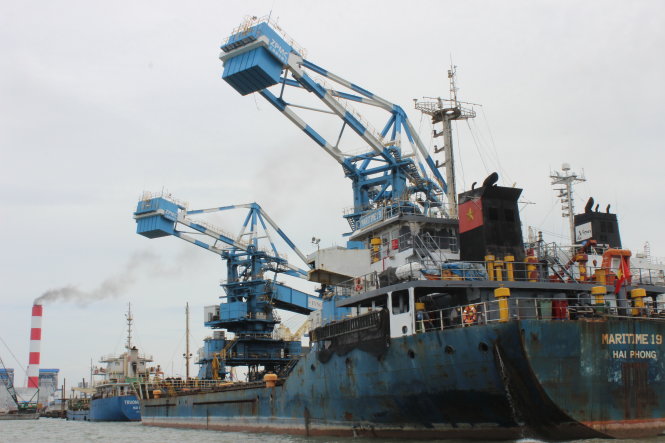
A coal-fired power plant in Tra Vinh Province. Photo: Tuoi Tre
What the stars mean:
★ Poor ★ ★ Promising ★★★ Good ★★★★ Very good ★★★★★ Exceptional
Latest News
More News
- Hoan My Medical Group launches breast cancer screening to support community health (November 02, 2024 | 10:56)
- Vietnamese students explore the future at STEAMese Festival (October 28, 2024 | 16:55)
- Honouring ‘Green Warriors’ on Vietnamese Women’s Day (October 21, 2024 | 15:16)
- Swing for the Kids charity golf tournament kicks off (October 13, 2024 | 09:00)
- Swing for the Kids 2024 tees up opportunities for Vietnam's youth (October 12, 2024 | 10:00)
- HCM City approves 9 billion-USD Can Gio coastal urban development project (October 08, 2024 | 15:56)
- Nha Trang Bay submarine services pilot programme extended to next March (October 08, 2024 | 15:45)
- Swing for the Kids scholarship motivated by beneficiary’s kindness and maturity (October 08, 2024 | 12:35)
- Inflation takes focus to circumvent typhoon impact (October 04, 2024 | 17:06)
- Hanoi sets sights on becoming innovation hub (October 02, 2024 | 10:00)


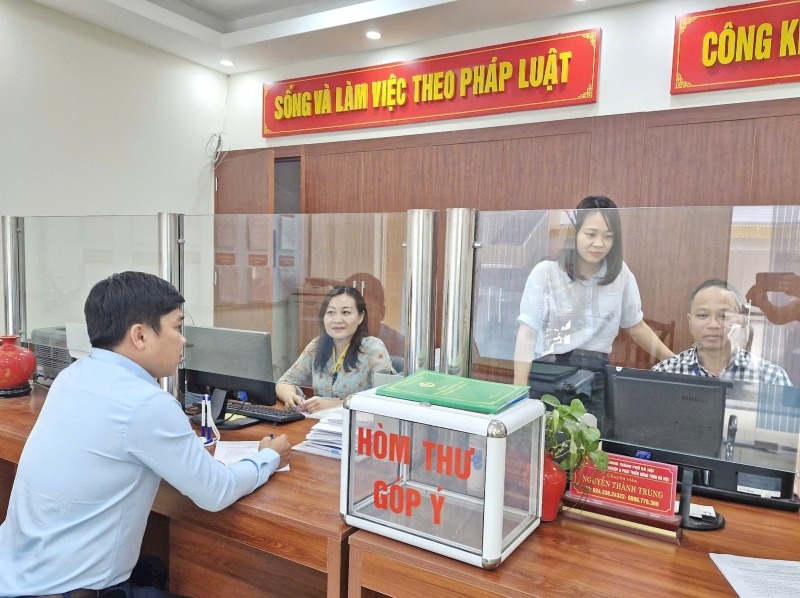



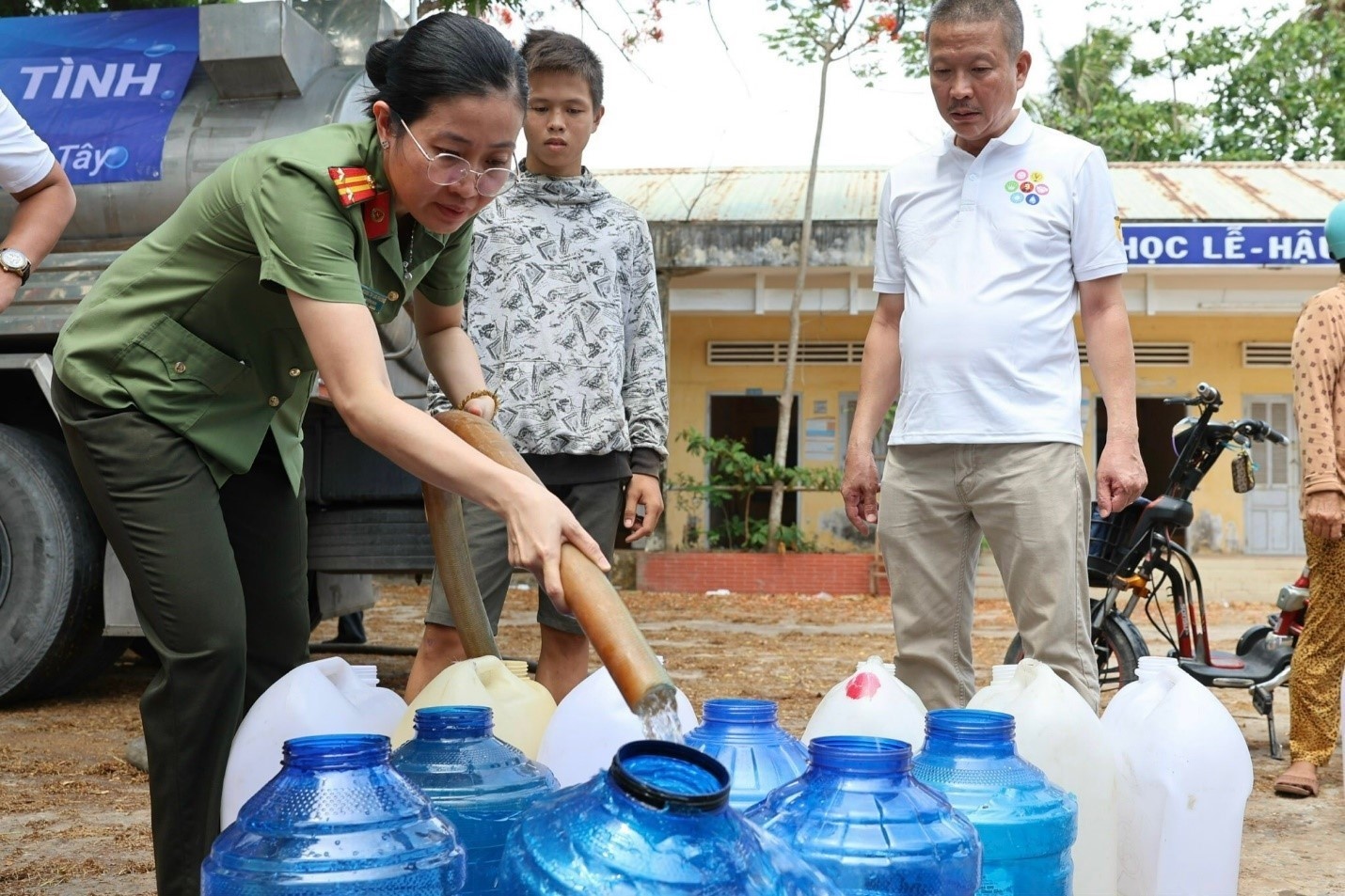
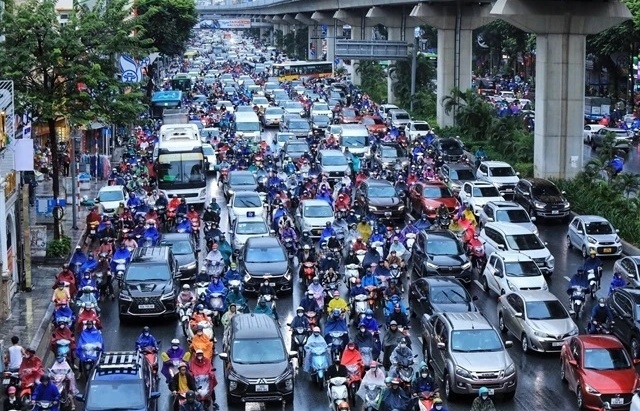






 Mobile Version
Mobile Version